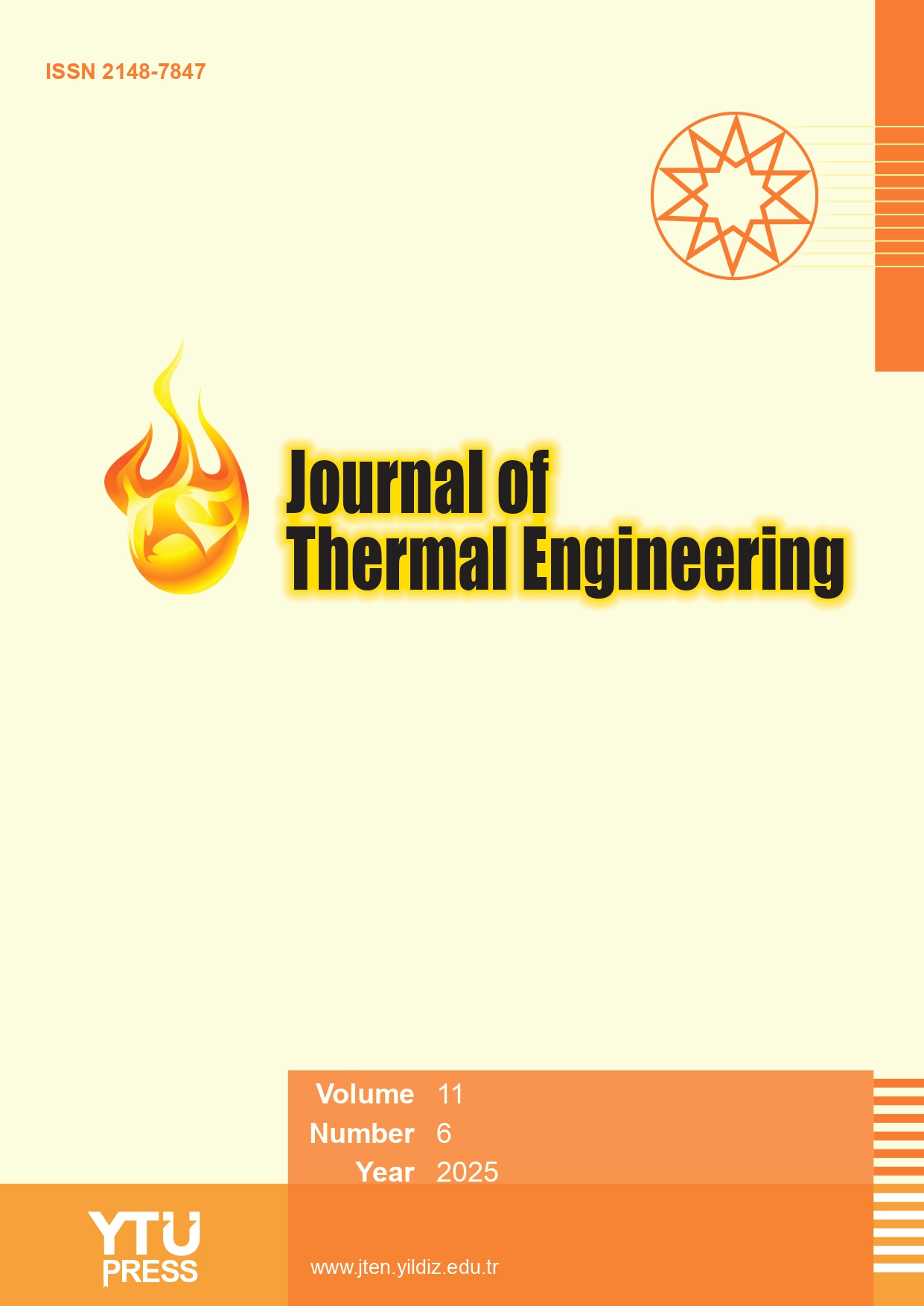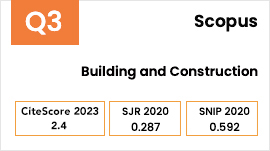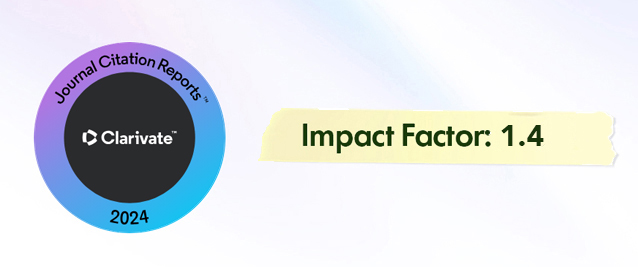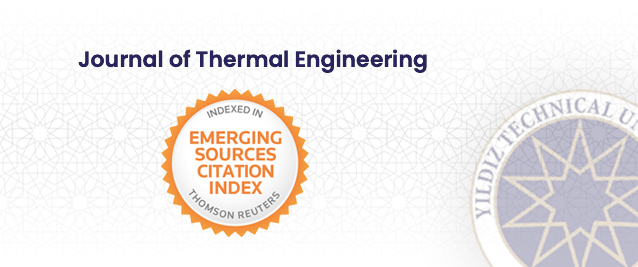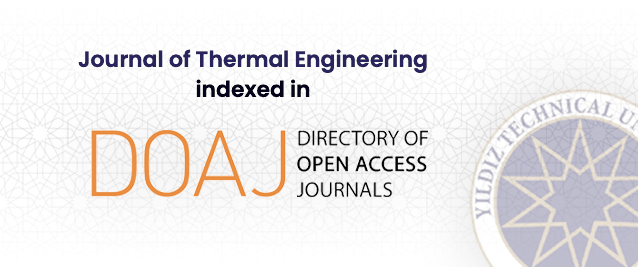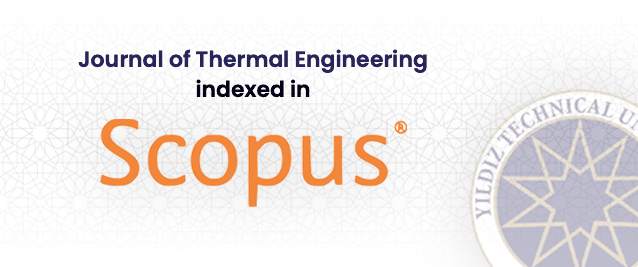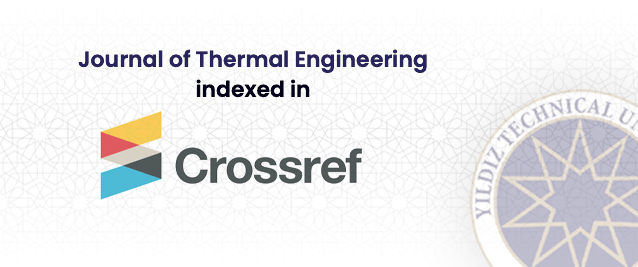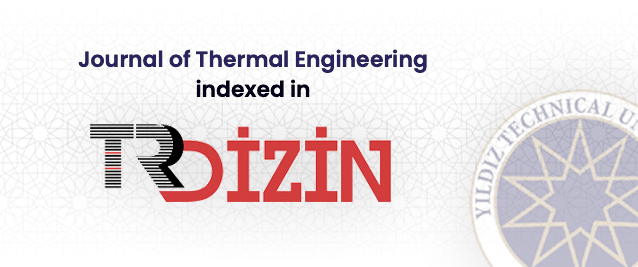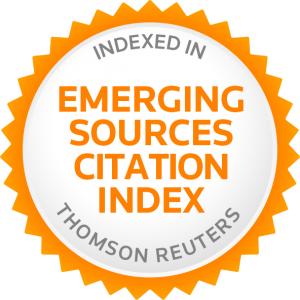Abstract
Improving the thermal insulation of contemporary cement buildings is a significant challenge, particularly in desert environments subject to high temperatures. Adobe, a raw earth-based material, represents a practical solution due to its natural thermal properties. However, its low mechanical strength, particularly in bending, limits its integration into modern construction. This study demonstrates that a 13 cm layer of adobe reinforced with palm fibers, used as ceiling insulation, improves the thermal insulation of the building by approximately 133%, while reducing annual energy consumption by up to 53%. Furthermore, the impact of the length and dosage of palm fibers on the mechanical and thermal properties of adobe was examined through a series of tests. Four dosages (0.25%, 0.50%, 0.75% and 1% by weight) and four fiber lengths (25 mm, 50 mm, 75 mm and 100 mm) were tested. The results reveal that concentrations between 0.5% and 1% offer the best performance. In particular, the 50 mm fibers at 0.5% increased the compressive strength by about 20%, while the 75 mm fibers at 1% improved the flexural strength by up to 45%, reaching 1.70 MPa.


